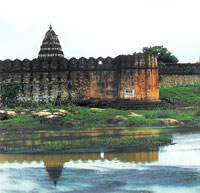Amarnath is regarded as one of principal Hindu Dhams. The holy cave is the residence of the holy trinity, Shiva lord. The guard of the absolute, lord Shiva, the destroyer, is present in the form of ice Lingam in this cave located at a more remote end of the valley of Lidder. This lingam is made naturally of a stalagmite of ice which awakes and weakens with the moon.
The trek to Amarnath yatra begins at Srinagar on the panchami day of the bright half of the month. The next halt enroute is Pampur, 9 miles south east of Srinagar. Subsequent halts are at Avantipur, Brijbihara and Martand. Martand is known for its ancient temple dedicated to the Sun God - now in ruins. Enroute to Martand are Anantnag and Gautamnag. Martand is known as the architectural lion of Kashmir. It is a temple with a colonnade of 84 columns full of artistic work. This temple dates back to Lalitaditya of Kashmir of the 8th century. The next halt is at Aishmukam, and the next is Pahalgam, which is reached on the day of Dasami, the tenth day of the bright half of the month. At Pahalgam is the confluence of the rivers Seshnag and Liddar.
The cave of Amarnath was where Shiva lord reported the secrecy of immortality, Amar Katha with his Wife Parvat. Shiva hesitated initially but finally gave inside.Shiva wanted to reveal the secrecy in a place of isolation far from any life being and thus chose the cave of Amarnath. In preparation, Shiva left his Nandi (the Bull), which he rode at Pahalgam. At Chandanwari, he released the moon from his hair and on the banks of Lake Sheshnag, he released the snakes. Son Ganesha was left at Mahagunas Parvat and at Panjtarni, Shiva left the Five Elements behind - earth, water, air, fire and sky - that make life possible. As a final precaution, Shiva created Rudra named Kalagni and ordered him to set afire and eliminate every living thing in and around the Holy Cave. Finally, Shiva and Parvati entered the Amarnath Cave where he began meditating on a deerskin. He then narrated the Amar Katha to Parvati. Unknown to them, a pair of mating doves eavesdropped on this conversation and learned the secret. Reborn again and again, they have made the cave their eternal abode. Today, pilgrims claim seeing the pair of doves when they trek the arduous route to pay their obeisance at Shivalinga formed naturally of an ice stalagmite.






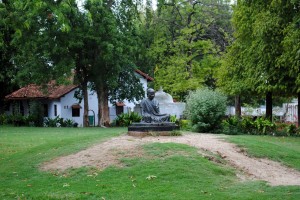
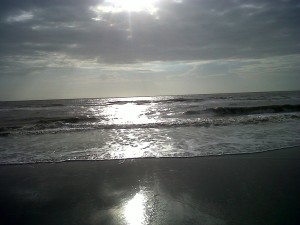
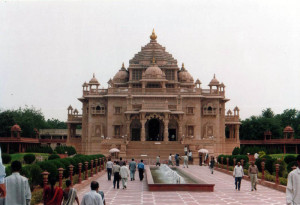
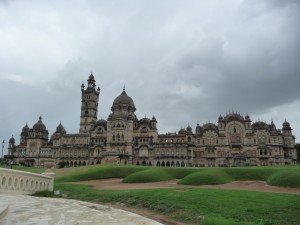
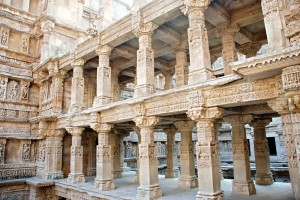
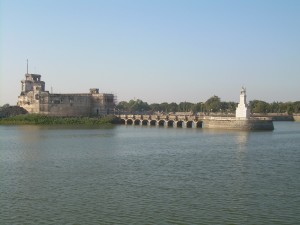
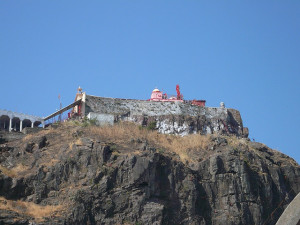
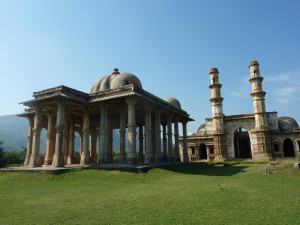
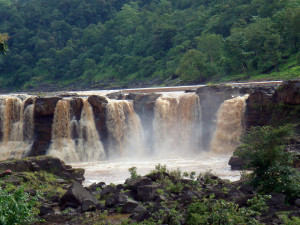
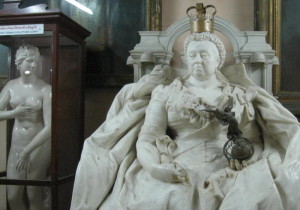

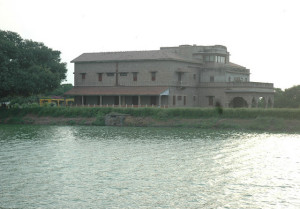
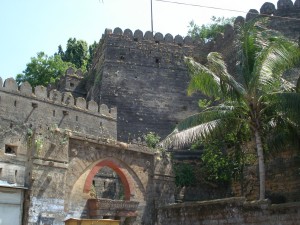
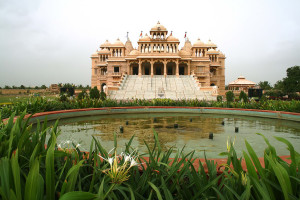

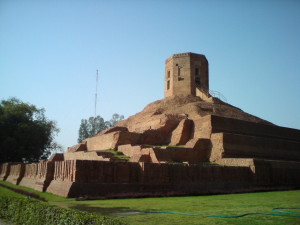





 The real attraction here, though, is the Hall of Mirrors, created by the master artisan, Ram Singh Malam, under the patronage of his poet-ruler, Maharao Shri Lakhpatji around the middle of the 18th century. A blend of Indian and European artistry (Ram Singh acquired, his skills in Europe), the walls of the great hall are of white marble covered by mirrors separated by gilded ornaments, lighting being provided by elaborate candelabra, with shades of Venetian glass. It has a platform above it surrounded by a series of fountains operated by an elaborated system of pumps below a Venetian chandelier. Another remarkable feature is the pleasure pool, in the middle of which rises a square platform where the Maharao composed his poems and gave encouragement to the classical arts of dancing girls, bards and musicians.
The real attraction here, though, is the Hall of Mirrors, created by the master artisan, Ram Singh Malam, under the patronage of his poet-ruler, Maharao Shri Lakhpatji around the middle of the 18th century. A blend of Indian and European artistry (Ram Singh acquired, his skills in Europe), the walls of the great hall are of white marble covered by mirrors separated by gilded ornaments, lighting being provided by elaborate candelabra, with shades of Venetian glass. It has a platform above it surrounded by a series of fountains operated by an elaborated system of pumps below a Venetian chandelier. Another remarkable feature is the pleasure pool, in the middle of which rises a square platform where the Maharao composed his poems and gave encouragement to the classical arts of dancing girls, bards and musicians.
 main side. Four built-in shrines, with doors, windows and balconies, mark the four corners of the platform. The stepped corridor begins from this square platform. The corridor is entirely surrounded by a one-meter high ramparts wall with a rounded topping. It descends with four pavilion towers for five storeys. The walls of the 'Vav' are veritable showcases of sculptures and ornamentation. The sculptures range from a king sitting on a stool under a parasol, to erotic scenes; and from ladies churning buttermilk to dancing girls. The frames of the doors around the entrances of the twisting staircases to the octagonal shaft are surrounded by a 'parikrama', which is an enlarged version of the frames around the niches. Stringcourses running along the sidewalls embellish all parts of the structure, sometimes dividing the wall into horizontal sections. They also come into view on the walls of the
main side. Four built-in shrines, with doors, windows and balconies, mark the four corners of the platform. The stepped corridor begins from this square platform. The corridor is entirely surrounded by a one-meter high ramparts wall with a rounded topping. It descends with four pavilion towers for five storeys. The walls of the 'Vav' are veritable showcases of sculptures and ornamentation. The sculptures range from a king sitting on a stool under a parasol, to erotic scenes; and from ladies churning buttermilk to dancing girls. The frames of the doors around the entrances of the twisting staircases to the octagonal shaft are surrounded by a 'parikrama', which is an enlarged version of the frames around the niches. Stringcourses running along the sidewalls embellish all parts of the structure, sometimes dividing the wall into horizontal sections. They also come into view on the walls of the 


